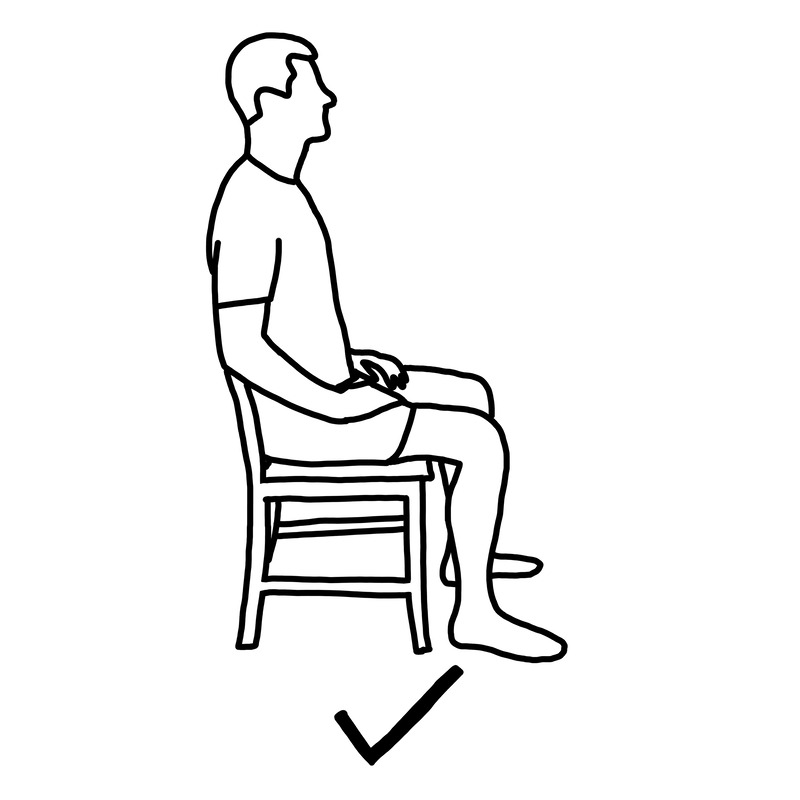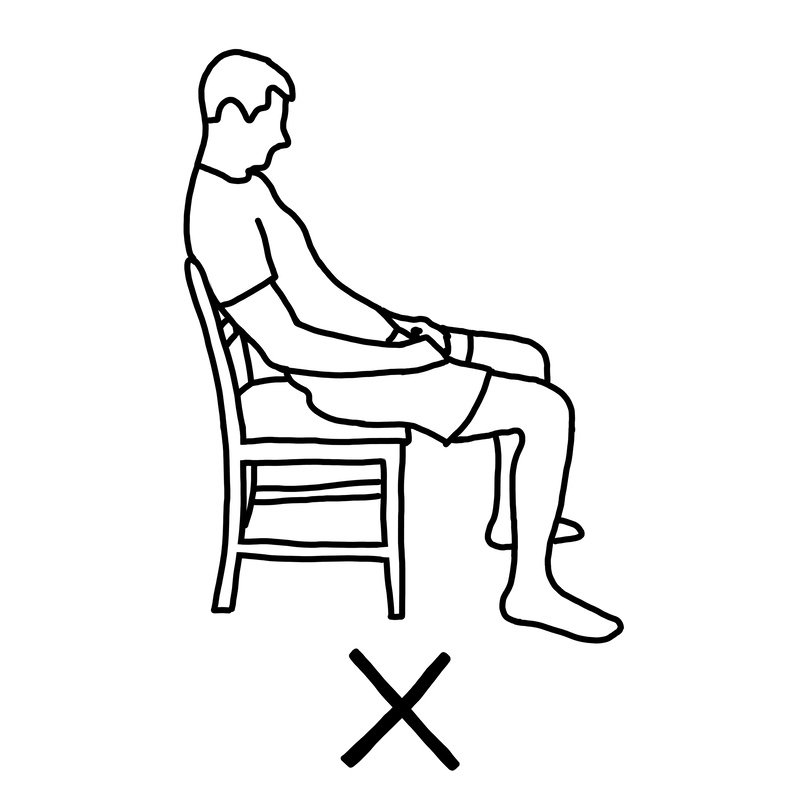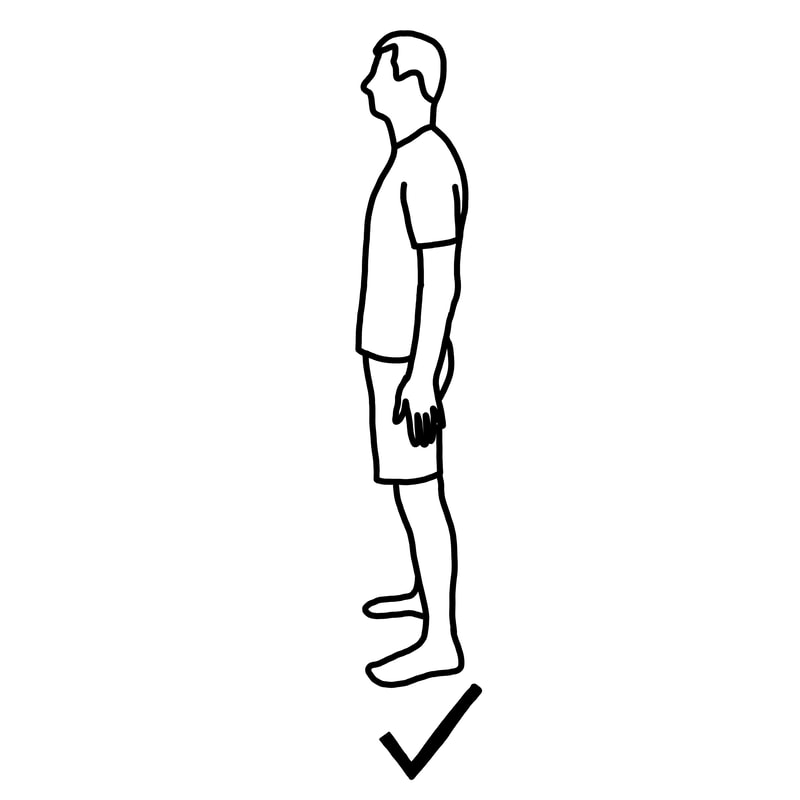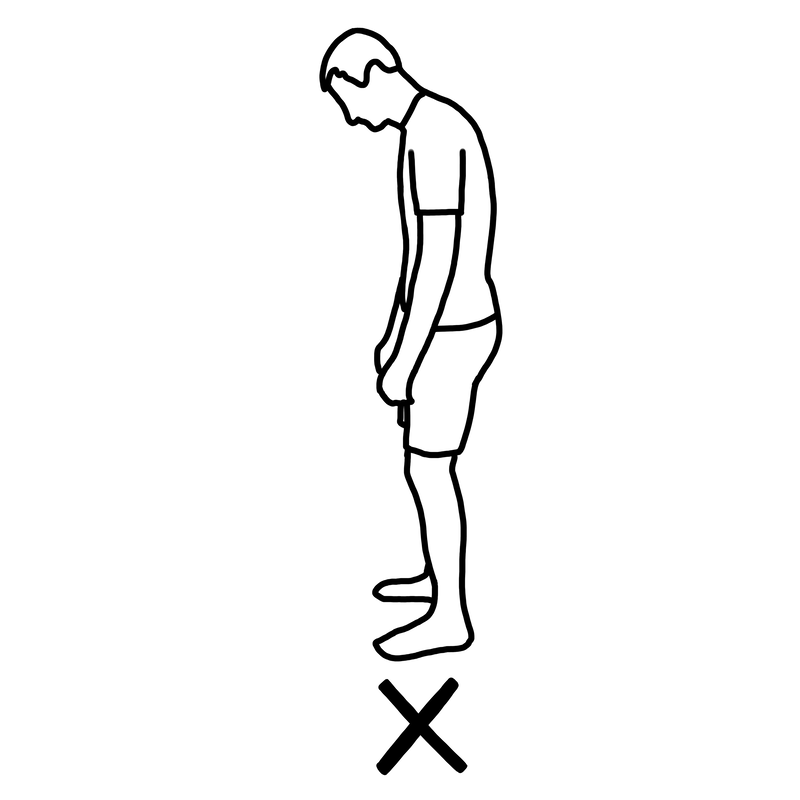 Falls can happen anywhere, anytime, and to anyone. But when an older person falls, the results can be life altering. Did you know that November is Fall Prevention Month in Canada? This annual initiative aims to raise awareness in preventing falls and fall-related injuries. (1) Falls are the leading cause of injury, emergency room visits, and hospitalizations for seniors in North America. The Public Health Agency of Canada has reported sobering statistics in this area:
So, how can older adults fall-proof their lives and their homes? You must realize I’ll be addressing exercise ideas for fall prevention. After all, I’ve published 6 books on the topic! But first, let’s review non-exercise fall prevention tips:
What does posture have to do with fall prevention? Now that we’ve covered this list, let’s focus on your posture. When you sit or stand, are you a comma, a question mark, or an exclamation point? And what, exactly, does posture have to do with fall prevention? Posture is a key component of fall prevention that may not come to mind for you. But don’t worry, you’re not alone—many people are not aware that their posture impacts their ability to prevent a fall. A stooped-over posture has you actively fighting gravity to prevent a momentum-based fall. If your standing position looks more like a question mark than an exclamation point and you trip over your foot or some unseen object, you are more likely to fall as gravity pulls your body forward. If your sitting position looks like a comma, it means your seated posture can still impact your ability to hold yourself in a safer, more upright position when you do get up to walk. In this hunched-over position, your bones are not aligned, and you can’t support your body weight. Instead, your muscles and your connective tissue—the tendons that connect muscles to bones and ligaments that connect bones to each other—have been assigned a role that’s normally reserved for your bones. Eventually, these muscles, tendons, and ligaments declare a strike because they already have a job to do. They don’t want a second job. It’s like asking the widget makers to also make sprockets; they’d rather stick to making widgets and let the sprocket makers make the sprockets. Think of your body as a finely-tuned, highly specialized assembly line. Every part of our body is designed for its specialty. If you don’t use all the parts in the right way, they’ll stop functioning. In the case of movement, if you’re going to keep moving, other parts will have to jump in and help. And that’s when you risk falling. It’s not too late to start. Your body has an incredible feedback loop of action-reaction. If you begin to work your muscles and load your bones, your body will respond. But if you don’t use them, you will lose them. It takes approximately 100 muscles working together to maintain good posture. These muscles need to be strong to hold your body upright. Two exercises that can begin your posture work are active sitting and active standing. Active Sitting Active sitting helps us load our muscles and bones to fight the effects of gravity. Instead of outsourcing the role of our muscles by slumping in our seats, we should sit tall. To start: Begin by sitting in a kitchen or dining room chair that has a firm seat.
Do you need to make it easier? Start with two minutes of active sitting. Are you ready to make it harder? Try for 10 minutes of active sitting every hour. Active Standing Active standing allows us to align our bones while strengthening our muscles and bones in the process. Active standing should feel like work. Your muscles are working together to hold you upright. This is a more effective way to stand, instead of dropping into your heels and hips. Resist the pull of gravity! For this exercise, you can remove your shoes if you’re willing to be bare foot. To start: Stand up.
Are you ready to make it harder? Try for 10 minutes of active standing every hour. Ready for more exercises to work on your posture? All of my books are available for sale on Amazon. Visit my author page to find links to and purchase your copy today: http://amazon.com/author/amandasterczyk.
1 Comment
|
Categories
All
Archives
July 2024
AuthorAmanda Sterczyk is an international author, Certified Personal Trainer (ACSM), an Exercise is Medicine Canada (EIMC) Fitness Professional, and a Certified Essentrics® Instructor. |




 RSS Feed
RSS Feed